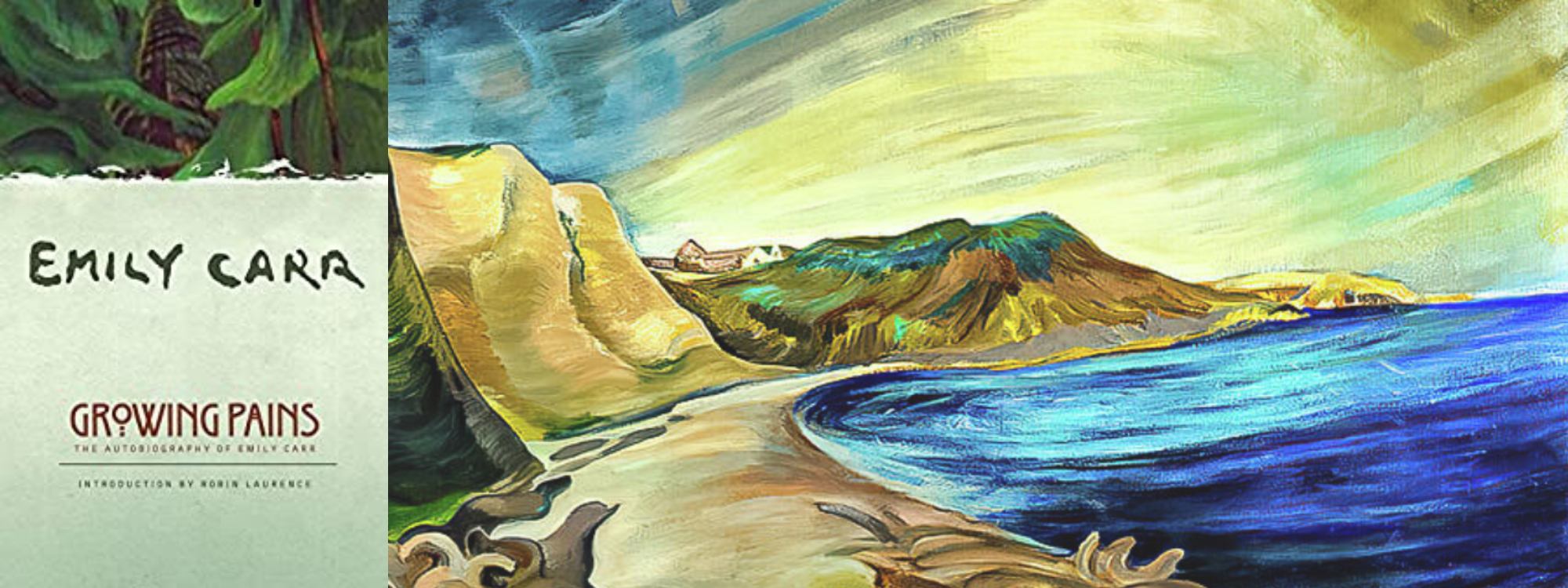When school opened Monday morning at nine sharp I was at the Westminster School of Art. I went first to the Office, enquiring how I was to act. Mr. Ford took me up the broad stairway leading to the balcony off which our class rooms opened. There were two “life” rooms for women. Mr. Ford introduced me to the head student, a woman dour and middle-aged.
“Ever worked from life?” she snapped.
“Only portrait.”
“It is usual for new students to work first in the Antique Class.”
“I have had three years study in antique and still life at the San Francisco School of Art.”
The head student gave a mighty snort, grunted, “Colonial” with great disfavour. She had not the right to place me. Mr. Ford had put me into the Life Class.
“Stars in the West bump pretty hard when they compete with civilized countries!” she said acidly. “Well, Professor will put you where you belong when he returns.”
She proceeded to put numbers on a lot of pieces of paper. The students were about to draw for a place in class. I, being the new student, had the last number and therefore no choice.
Around the model throne were three rows of easels—low, higher and high.
“Pose!”
The curtains of a little recess parted, out stepped the model and took her place on the throne.
I had dreaded this moment and busied myself preparing my material, then I looked up. Her live beauty swallowed every bit of my shyness. I had never been taught to think of our naked bodies as something beautiful, only as something indecent, something to be hidden. Here was nothing but loveliness . . . only loveliness—a glad, life-lit body, a woman proud of her profession, proud of her shapely self, regal, illuminated, vital, high-poised above our clothed insignificance.
The confusion of re-assembly after the holidays stilled. Every eye was upon her as she mounted the throne, fell into pose. Every student was tallying her with perfection, summing up balance, poise, spacing, movement, weight, mood. Charcoal began to scrape on paper and canvas . . . swishing lines, jagged lines, subtle curve, soft smudge. Tremblingly my own hand lifted the charcoal—I was away, lost in the subtlety, the play of line merging into line, curve balancing curve.
“Rest!”
I could not believe the first forty-five minutes had gone. The model broke pose, draped a kimono round herself and sat on the edge of the platform to rest for fifteen minutes. Students too relaxed, moving from easel to easel looking—saying little. No one looked at my work nor spoke to me. I was glad; nevertheless I was chilled by these cold students. In California there was comradeship from the first day and kindliness towards the new student. I was glad to hear “Pose!”, to see that serene creature, with trembling life in every inch of her, snap back into model queen of the room.
Everything was for her. The notice on the outside of the door, “Life Class, Keep Out” was for her. Heat, light, hush—all were for her. Unprotected flesh made us tender, protective, chivalrous. Her beauty delighted the artist in us. The illuminated glow of her flesh made sacred the busy hush as we worked.
At four o’clock the model stepped down from her throne, rubbed tired muscles a little, disappeared behind the curtain, emerged ordinary, a woman clothed shabbily, all the beauty she had lent us hidden.
The professor did not return to his class for two weeks. I had but one fear during that time—would I be turned back into the Antique Class? His criticisms were gruff, uninspiring; however, he let me stay in the Life Class.




0 comments